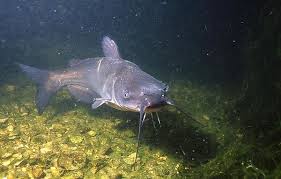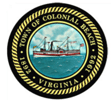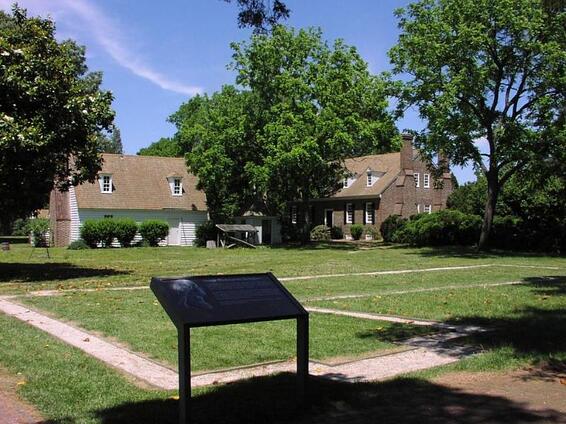You've probably seen this before. You may even have one in your yard. There is one plant most iconic to Southern living: The Crepe Myrtle (also spelled Crape Myrtle, Southerners unofficially changed the spelling from Crape to Crepe because of the blossom's resemblance of crepe paper.)
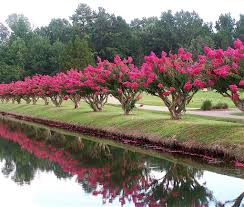
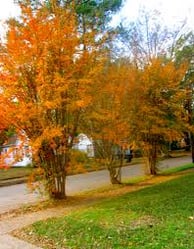
The Crape Myrtle is native to Southern Asia and was introduced to North America in the 1700's by Royal Botanist Andre' Michaux. Michaux collected and studied plant specimens from several continents to help progress the advancements of medicine, agriculture, and carpentry. The Crepe Myrtle was brought to England but European's were unimpressed as the tree wouldn't bloom because the temperature wasn't hot enough. Michaux then brought it to Charleston, South Carolina where it quickly became one of the most sought after plants. In the late 1700's records indicate Crepe Myrtle seeds arrived at George Washington's home at Mount Vernon. Hence, the Crepe Myrtle has been part of the Northern Neck lifestyle for hundreds of years.
The Crepe Myrtle maintain blooms in the summer and fantastic fall color. There are many species of Crepe Myrtle that grow to fit the ornamental look a gardner wants. If you're looking to freshen up your current landscaping, or building a home and need new landscaping, consider adding a Crepe Myrtle to the garden for that classic, Southern look.

